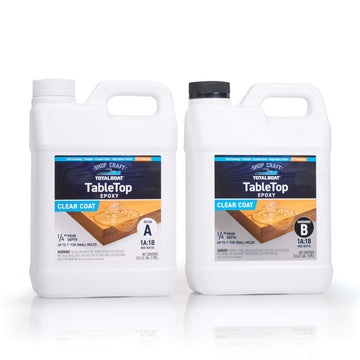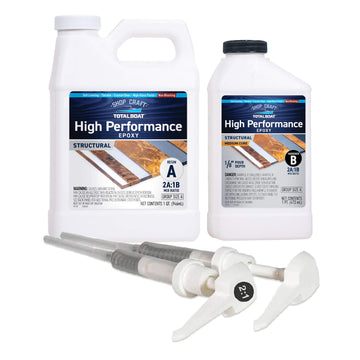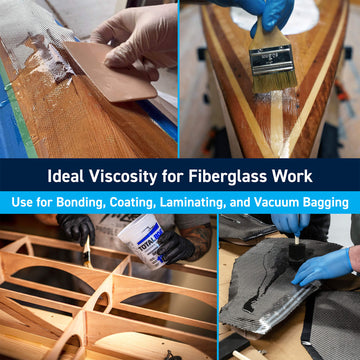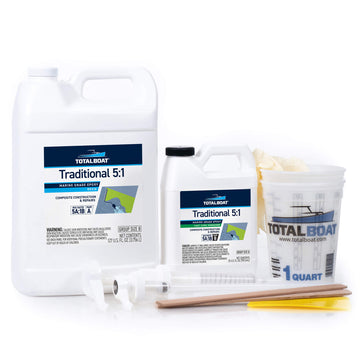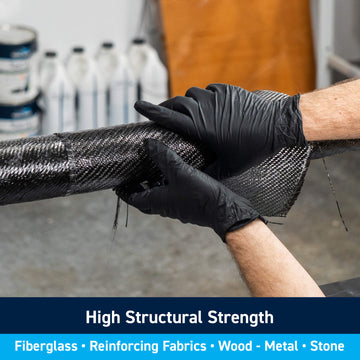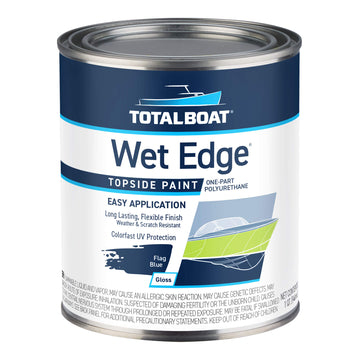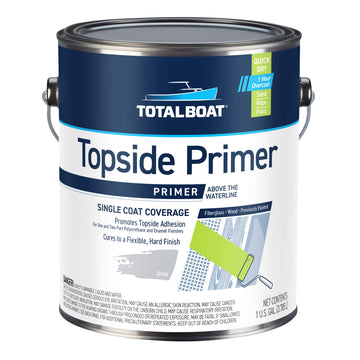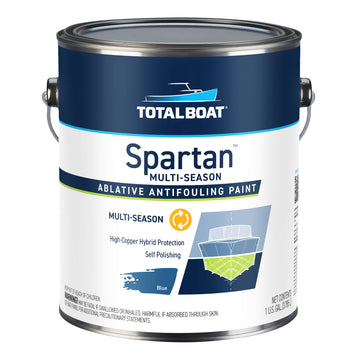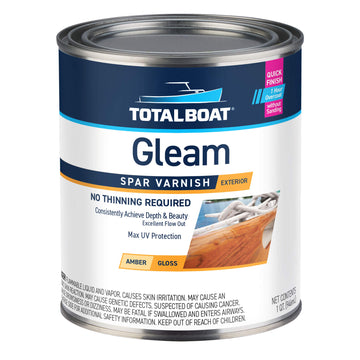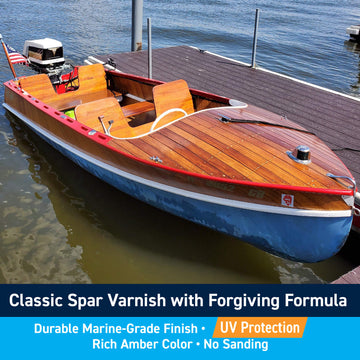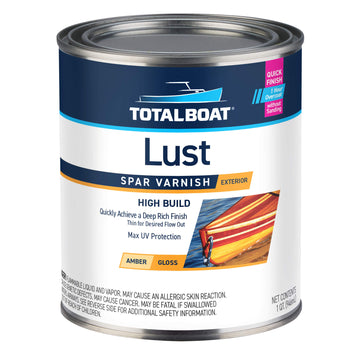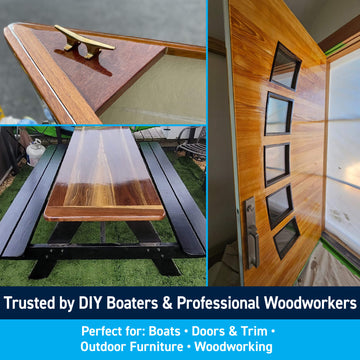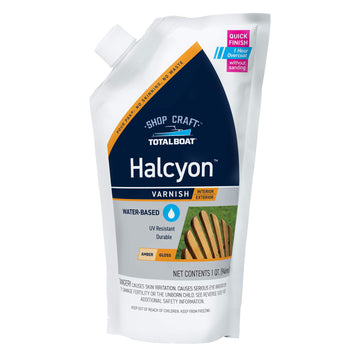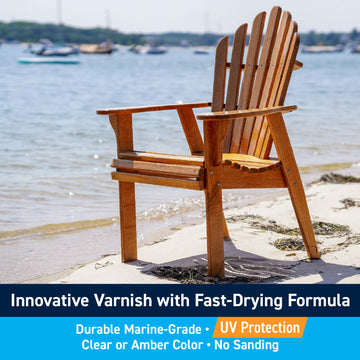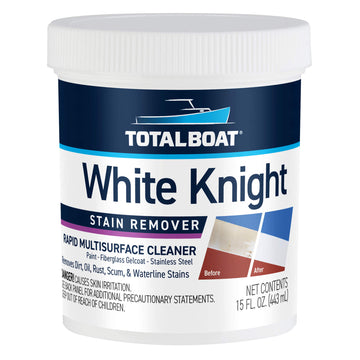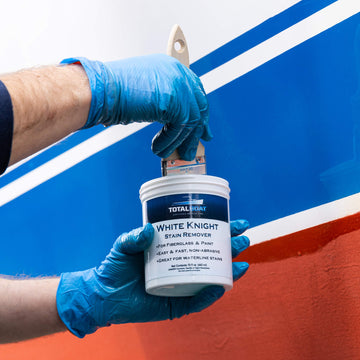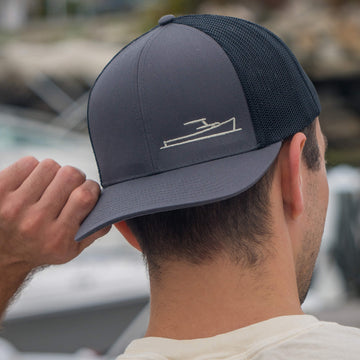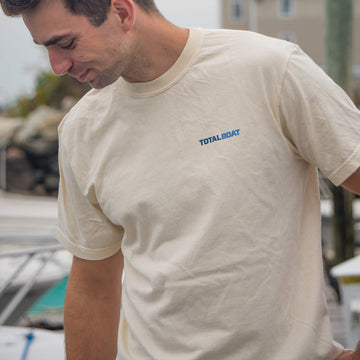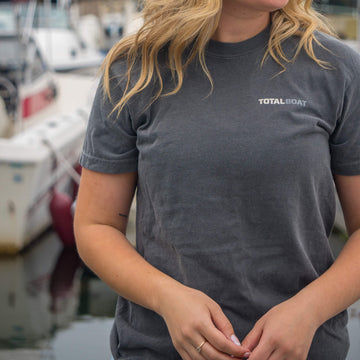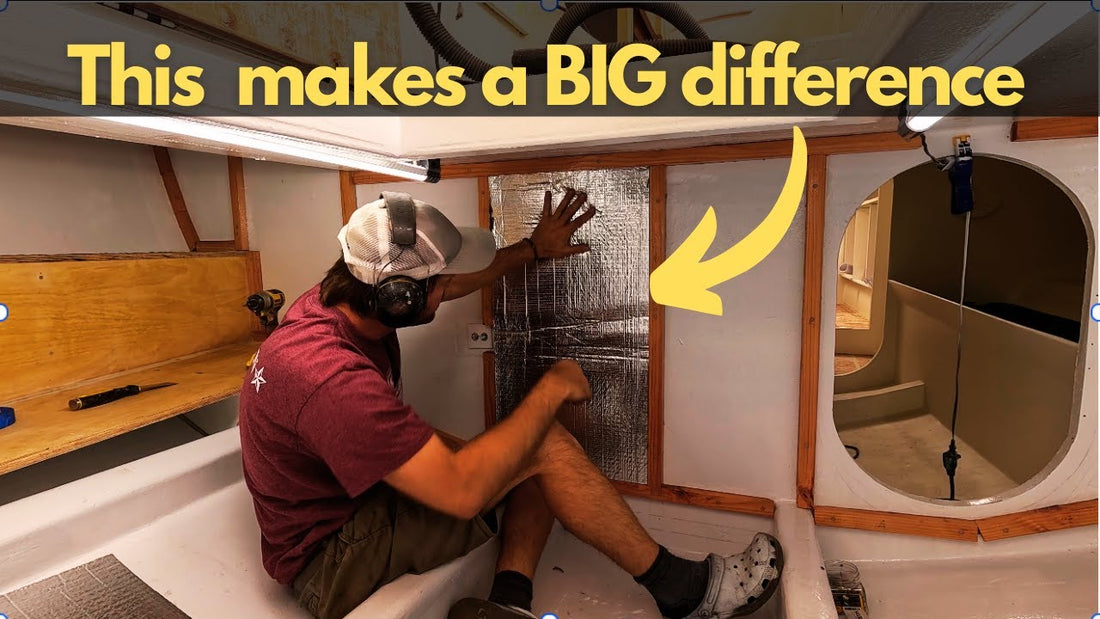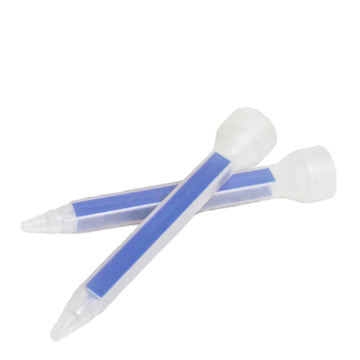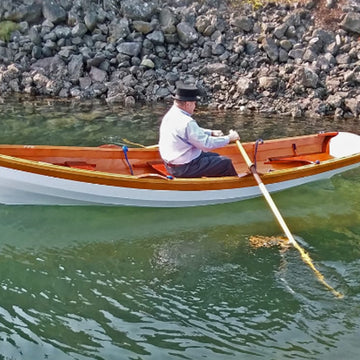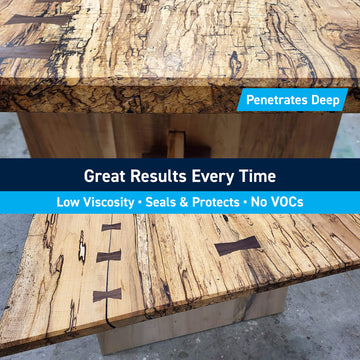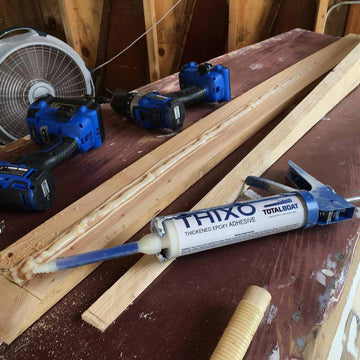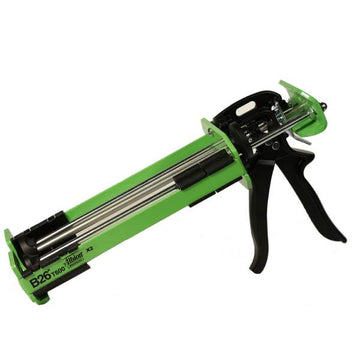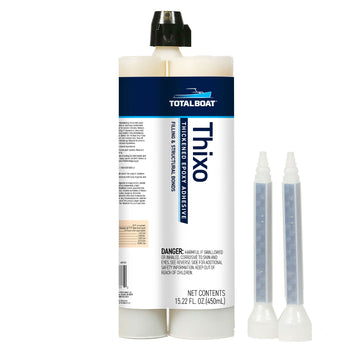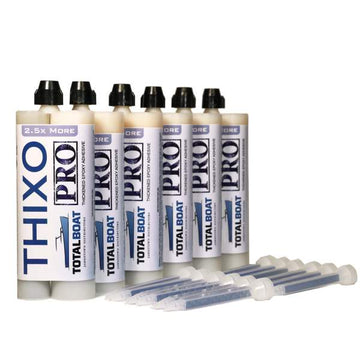Last week, Matt and Janni from The Duracell Project took us deep into the systems room of their Open 60 sailboat, Duracell, tackling a seemingly small but vitally important project that will be huge for the boat’s livability.
While anxiously awaiting the pouring of the lead for the keel bulb (which happened this week!), Matt dove into the buildout of the freshly painted systems room; the area destined to house the diesel generator, water pumps, water heater, electrical infrastructure, and Victron components. As Matt continues the massive refit of this legendary racing boat into a comfortable cruising home (a process we've been following since 2022), his focus is on security and accessibility.
Building Secure Foundations
The first preliminary project is building flat platforms or shelving inside the systems room (also referred to as the port side engine room). Because the hull is curved, these flat surfaces are necessary for securely installing and maintaining the heavy systems, as well as providing a clean space for running wiring and plumbing.
In a move that deviates from much of the lightweight construction elsewhere on the boat (such as the bow where Matt used Thixo Pro to repair damage), Matt chose plywood instead of fiberglass for these platforms. This choice allows him to sacrifice some lightweight aspects for really secure mounting. Plywood enables the use of self-tapping screws, machine screws, or through-bolts, avoiding the compression and strip-out issues that occur when mounting heavy systems to foam.
Once the plywood platforms were templated, cut, and glued together, Matt turned to protection. He applied Penetrating Epoxy to the plywood. The penetrating epoxy allows the wood to absorb the resin, turning the plywood into "a little bit more plastic" and protecting it from water. Matt applies multiple coats using the "hot coat" technique—layering on the epoxy while the previous coat is still wet or tacky—to build a protective film before final painting.


Framing for Soundproofing and Stability
While the penetrating epoxy cures (a process that takes two days for the normal formulation before cleaning the blush and painting begins), Matt moves on to the main bulkhead framing. This bulkhead separates the systems room from the main living space, so sound insulation is paramount.
Matt plans to install sound insulation (rated at about one pound per square foot, covering nearly 40 square feet). To ensure he can still mount items securely to this insulated wall, he cuts Doug fir framing into strips to go between the insulation pieces. He glues this framing directly to the bulkhead, wanting it to be "nice and structural". For this application, he uses his thickened epoxy to glue the frames into place.

Matt finishes the episode by confirming the decision to paint the surfaces (instead of leaving the natural wood look), explaining that painted surfaces are low-maintenance, easy to clean, well-protected, and help highlight any issues against the white background.
The work in the systems room continues this large-scale refit that has already included major upgrades like Building a Windlass Locker on Duracell and Redesigning the BowSprit: Balancing Functionality and Form.
Make sure to follow The Duracell Project on YouTube as they continue their journey. This week's video, which just dropped, has the much-anticipated keel pour!
